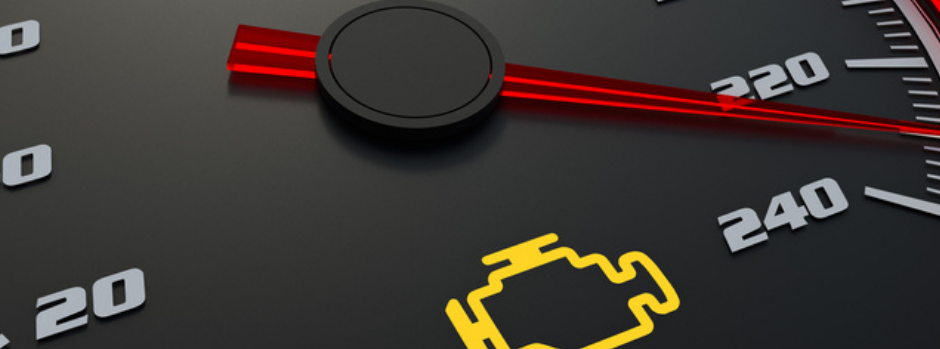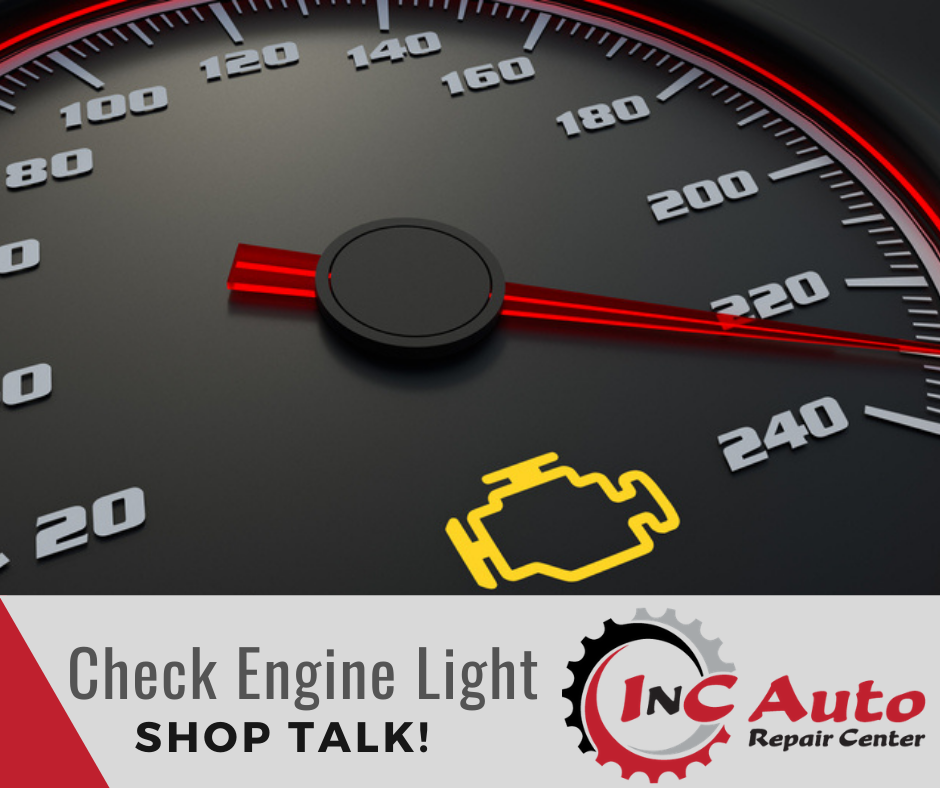

You’re driving down the road and all of a sudden: your check engine light comes on. It’s like receiving a secret code but you can’t translate it. Your car has just sent you an important message and you have no idea what it means! What should you do?
We all know computers have evolved in the last century. They’ve gone from giant calculating machines that filled entire rooms, to having more computing power in your phone than on the first lunar lander. Your car has evolved too and is now benefiting from newer, smaller sized technology. Most cars prior to the 1980’s were simple mechanical machines. Computer technology barely existed at that time and where it did, the benefits were minimal. Over time, finding a physical place in the engine compartment to accommodate that new technology threw a monkey wrench into the mix.
Enter the microprocessor, which changed everything. In the 80’s car manufacturers worked together in implementing standards in microprocessors beginning with a changeover to computer managed fuel injection. As computers shrank in size and found new levels of power, our cars were the recipients of brains to manage every function.
Now that we are well into the 21st century, our cars are loaded with computers that work in conjunction with each other and some independently. From keeping you in your lane to greater fuel, computers control it all. While back in the day the home mechanic could do a lot of work and maintenance on a car, today the vehicle is so loaded with technology it takes special classes and equipment to address many of today’s car systems.
Which brings us back to the check engine light.
Your car, now a computer on four wheels, has sent you a message. In Morse code. A single light that sits perpetually illuminated on your dashboard – telling you absolutely nothing that can be translated by a human! Helpful? Not so much as you’re driving down the road wondering if you should keep going or stop at the next exit. But wait! Your mechanic can save the day. Through a diagnostic check – a detailed code delivered to your mechanic will point them to the car’s issue.
The good news is you can set the panic aside. Unless the light is flashing, which means you should pull over right away, the problem is probably not critical. You don’t need to go straight to the mechanic to get the issue diagnosed, but you also shouldn’t drive around indefinitely (as we all so often do) without addressing the potential problem.
Some of the most common check engine light issues are not necessarily ones that lead to high cost repairs. Here are a few possible reasons that light is displaying on your dashboard:
Gas Cap is Loose
Did you replace your gas cap after the last trip to the gas station? The modern fuel system is pressurized, and the car knows if the gas cap is loose, not sealing or just plain missing.
Emissions System Alert
Your car will monitor the emissions system and throw the light on if it detects trouble, say with your Evaporative Emissions System (EVAP). EVAP is a closed system that captures fuel tank vapors and prevents them from escaping into the atmosphere. The problem could relate to a purge valve or a vent valve. This is a problem that could affect gas mileage or cause you to fail an emissions test, but not likely to strand you at the side of the road.
Vacuum / Pressure Issue
It could also be a vacuum issue – maybe a loose or bad hose, or an issue with the spark plugs and ignition system.
Danger Zone?
In general, if the light comes on and your car is not jerking, sputtering or having trouble running, call your Parker expert car mechanics at InCAuto Repair and make an appointment relatively soon to get it checked out.
Diagnostic Inspection is Required
Computer technology continues to become more powerful every year and we see our cars getting smarter as well. Even though your car still won’t tell you what the problem is in plain English, you can feel more assured that you have a reasonable window of time to make it to your team at InCAuto Repair without an issue. They’ll plug your vehicle into their state-of-the-art diagnostic equipment and sort out the code and corresponding problem. As always, they will first discuss what’s required with you before making the repairs and getting you and your vehicle safely on your way.

Leave a Comment
You must be logged in to post a comment.